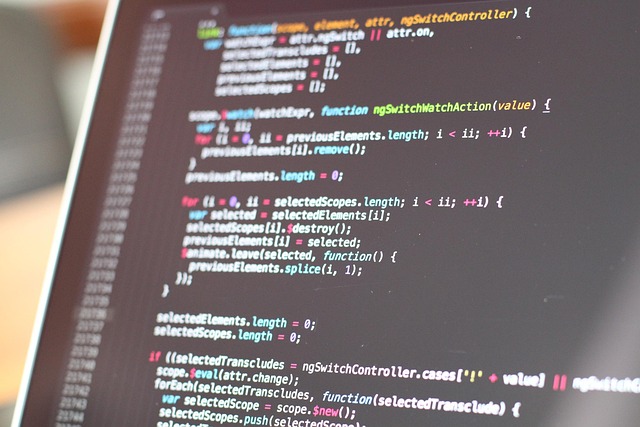Unlocking Potential through Multi-Objective Optimization
In an increasingly complex world where efficiency is paramount, businesses are turning to advanced technologies like robotics and artificial intelligence (AI) to streamline operations. At the heart of these innovations lies a powerful concept: multi-objective optimization. This method not only enhances control systems but also elevates the overall effectiveness of AI-driven business automation.
Harnessing Robotics for Greater Efficiency
Robotics has made significant strides in various industries, from manufacturing to logistics. However, the real challenge lies in programming these machines to perform multiple tasks simultaneously, each with its own set of objectives. Using multi-objective optimization, engineers can design control algorithms that allow robots to make real-time decisions based on several competing factors, such as efficiency, speed, and precision.
For instance, in an automated assembly line, a robot may need to balance the speed of production with the quality of the output. By applying multi-objective optimization, the machine can weigh these objectives dynamically, ensuring that it not only produces quickly but also minimizes errors—ultimately leading to reduced costs and increased profitability.
AI-Driven Automation: A New Frontier
The integration of AI in business processes has opened a new frontier in automation. AI’s capability to learn and adapt makes it a powerful tool for enhancing operational efficiency. However, for AI systems to perform optimally, they must also operate within multiple objectives.
For example, consider a customer service chatbot that aims to resolve user inquiries as swiftly as possible while maintaining high satisfaction levels. Through multi-objective optimization, the chatbot can be fine-tuned to balance response time and quality of answers, ensuring that customers feel heard and valued. This balance is critical in building brand loyalty and improving overall customer experience.
Implications for Business Automatization
The shift towards business automation is not merely about replacing human jobs; it’s about enhancing the workforce’s capabilities. By implementing multi-objective optimization in automated systems, businesses can achieve greater synchronization between different operational units. This is especially vital in sectors such as logistics, supply chain management, and production lines, where coordination of multiple objectives is essential for success.
As companies adopt new technologies, understanding how to implement these optimization techniques becomes a vital skill. It enables businesses to make informed decisions based on a broader spectrum of criteria, from cost reduction to maximizing sustainability. This holistic approach allows for innovations that resonate with consumers’ growing expectations for efficiency and ethical practices.
The Future of Multi-Objective Optimization in Control
The future is bright for industries poised to leverage multi-objective optimization. With advancements in robotics and AI, there is potential for breakthroughs that redefine efficiency standards. Businesses that actively embrace these optimization techniques will not only streamline their operations but also foster better relationships with stakeholders, from clients to employees.
As we move forward, it’s essential for engineers, business leaders, and technologists to collaborate and innovate, ensuring that the applications of multi-objective optimization continue to evolve and adapt to the changing landscape of robotics and AI-driven business automation. The journey may be complex, but the rewards are undeniably significant.




